In Cusco, a main avenue connects the most important places during your visit to this fascinating city. Located in the historic center of Cusco, this road is home to various establishments. It stretches six blocks from the Main Square to the Paqcha Square.
With nearly 2 kilometers in length, El Sol Avenue offers a broad range of services and attractions in Cusco. Along the way, you’ll find currency exchange offices, museums, banks, bus stops, ATMs, galleries, governmental and private institutions, clothing stores, hotels, and, of course, one of the city’s most fantastic tourist attractions: the Qoricancha or Temple of the Sun, considered the most important temple of the Inca civilization.
This avenue stands out not only for its cultural and historical richness but also as a central hub connecting the city’s main roads and points of interest, such as the Óvalo Pachacútec, the bus terminal, the Wanchaq train station, and the Cusco Handicraft Center.
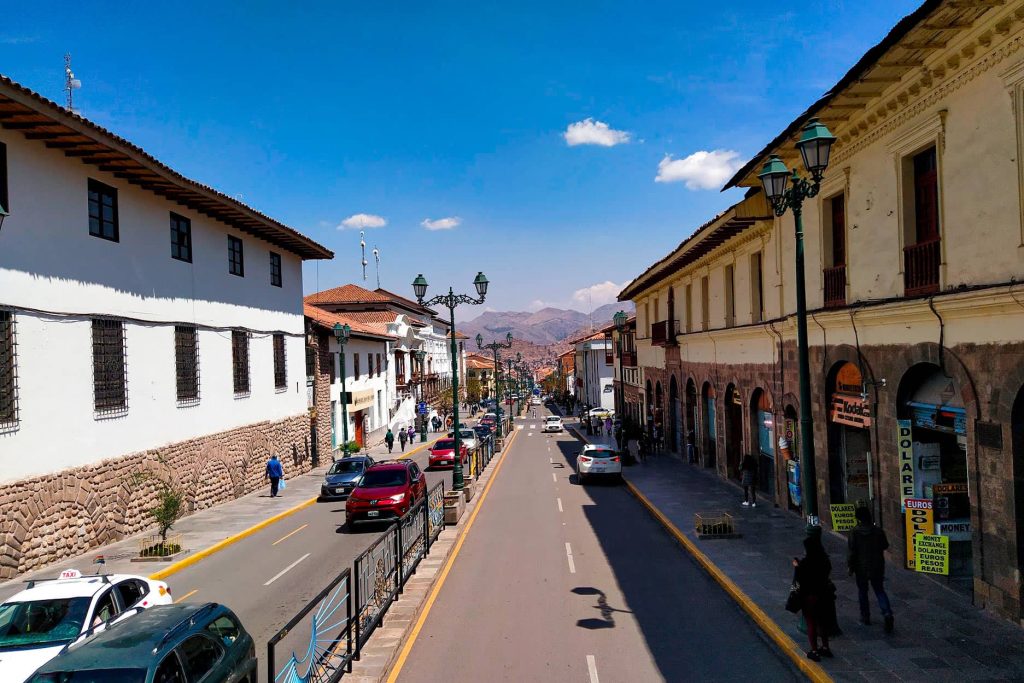
What can I do on El Sol Avenue?
Avenida El Sol is quite busy during the day, with locals engaging in various activities and offering services for visitors.
Cultural Visits
Several museums and historical buildings are known for their cultural and artistic value throughout the avenue. Among them are:
- Banco de la Nación Museum – Gallery: Occasionally hosts contemporary art exhibitions from renowned national and international artists.
- Natural History Museum: Displays taxidermied animals from various regions of the country.
- Popular Art Museum: Showcases sculptures, ceramics, and photographs from prominent Cusco artisans.
- Qoricancha Site Museum: This museum houses a collection of archaeological objects, lithic tools, and mummies found in the Qoricancha courtyard, emphasizing the historical importance of this Inca temple.
Other significant buildings include:
- The University Paraninfo is a colonial building that has historically housed Cusco’s universities and was the prison of Tupac Amaru II, an Indigenous leader who led the rebellion against Spanish rule.
- The Majestic Qoricancha Temple Was the main religious and spiritual center of the Inca Empire.
- Qosqo Center for Native Art: A theater that offers nightly performances of typical dances from the Andean region, a must-visit to connect with the essence of Andean folklore.
- Palace of Justice and the ceramic mural: This is a significant colonial building featuring an exceptional ceramic mural created by Cusco artist Joaquín Rojas in 1984 to commemorate Cusco’s anniversary. The mural depicts various scenes representing the history and culture of the Andean region, from pre-Inca times to the colonial period.
- Cusco History Mural: Created by Juan Bravo Vizcarra in 1995, this is the largest mural in South America. It depicts significant moments from Cusco’s history, from the Inca era to its colonial and modern development.
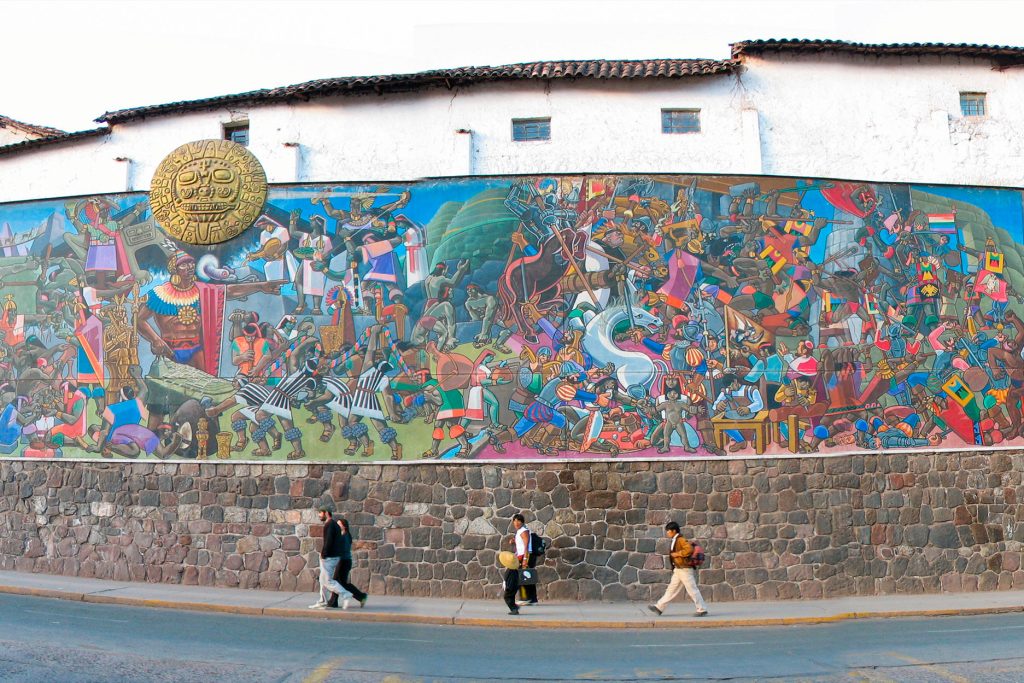
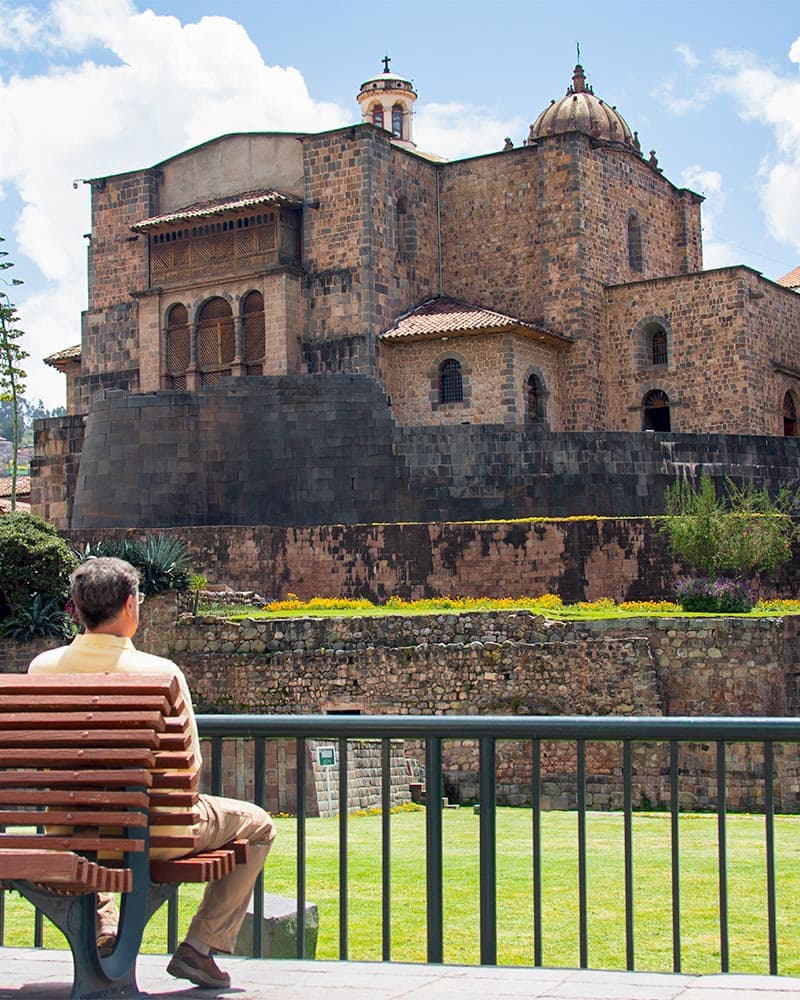
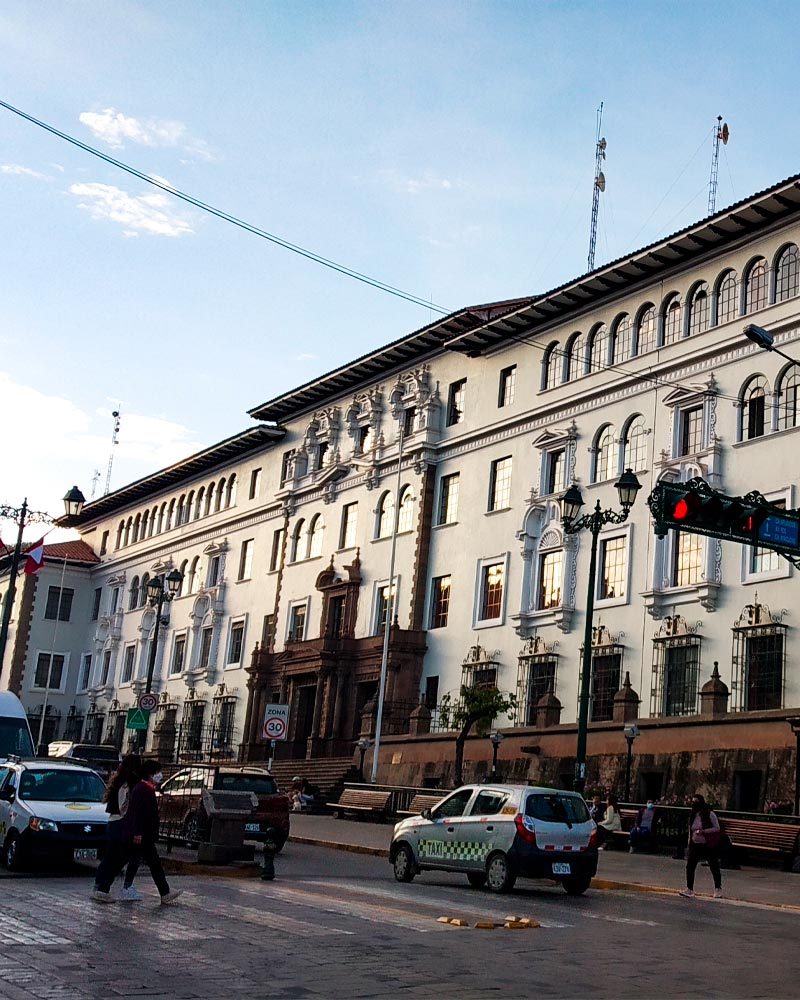
At the end of the avenue, in the Paqcha Square, named after the ritual water sources in Andean culture, you can appreciate symbolic elements of the Inca culture:
- The Sun of Echenique: Representing the divine origin of the Incas, displayed as a golden disk in the upper middle of the fountain.
- The Puma: It is a symbol of strength, power, wisdom, and connection with nature.
- The Chakana: Symbolizes balance and harmony, representing the connection between the earthly and spiritual realms.
- The Circles: Representing vital energy.
- The Elliptical Forms: Symbolizing the Earth.
- The Coca Leaf Is associated with governance, economy, and religion.
- The Lightning: This deity represents cosmic and divine energy for the Incas.
This journey offers a unique experience full of history, art, and tradition, and you can also obtain more information about city tours.
These buildings inspire photography as they capture the cultural and artistic richness of Cusco’s iconic El Sol Avenue.
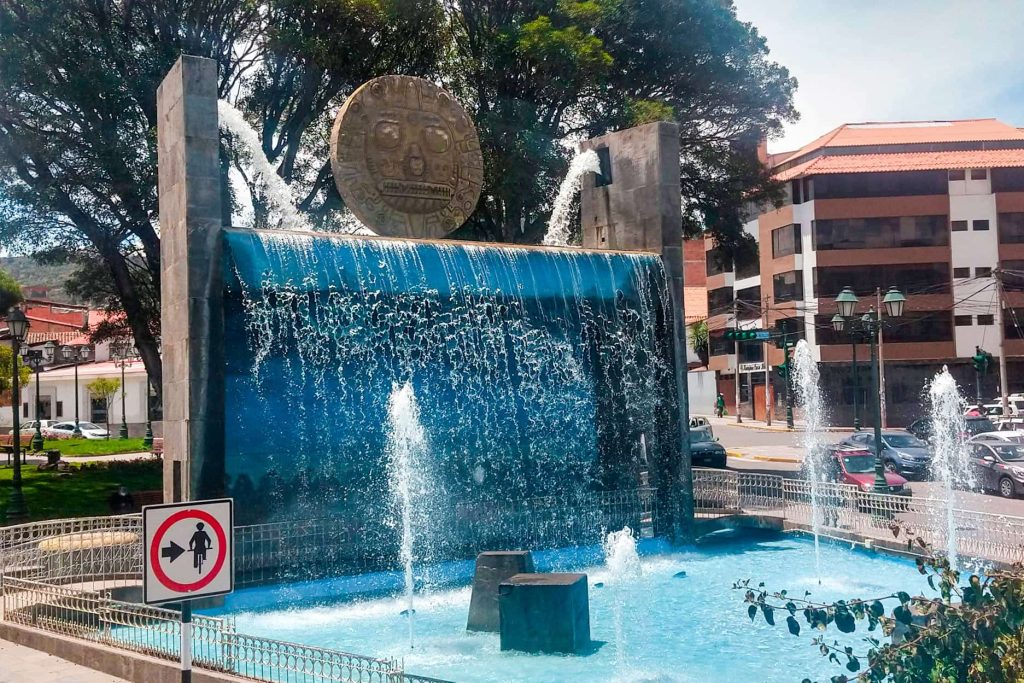
Shopping and Souvenirs
There are many shops on the El Sol Avenue. You’ll find bookstores with publications in several languages, galleries selling clothing and shoes, jewelry stores, beauty salons, photography and camping accessory shops, flower shops, and photo development stores.
Along the avenue, many stores offer clothing made from camelid fibers (such as llama, alpaca, etc.). These fibers are adapted to harsh environments and are highly useful in regions like the Andes. These places are excellent places to find quality products at affordable prices.
After passing the Qoricancha, you will find the Cusco Traditional Textiles Center on the third block. This center showcases an impressive variety of pieces created by the region’s 10 weaving communities. Visitors can also watch live demonstrations of traditional weaving techniques.
The “Tejiendo la Vida” museum explains the weaving process and offers a unique educational and cultural experience. Admission is free.
At the end of the avenue, you’ll find the Cusco Handicraft Center, a market perfect for buying reasonably priced souvenirs. This place is dedicated exclusively to handicrafts and features a site museum and resting areas.
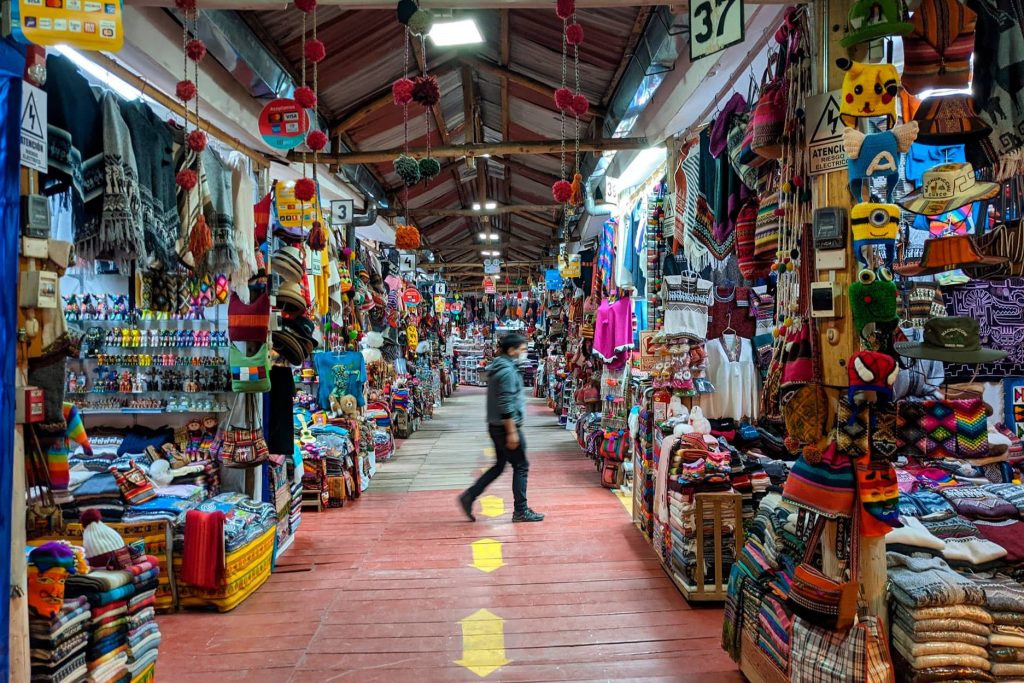
Coffee, Ice Cream, and Afternoon Tea
El Sol Avenue is an ideal place to enjoy a coffee, ice cream, or tea with a view of the Qoricancha, the most important temple of the Incas. There are many cafés and pastry shops where you can find handmade ice creams with traditional regional flavors like coca, muña, chocolate, aguaymanto, passion fruit, and classic flavors.
If you prefer something hot, especially since the weather in this area can be unpredictable, you can opt for Andean coffees or infusions. Delicious pastries like “cachitos,” “conitos,” “lengua de suegra,” or “alfajores.” are often accompanied by delicious pastries. There’s also a wide selection of baked goods to choose from.
Feel free to experiment with different combinations to discover unique flavors made with Peruvian ingredients in the heart of Cusco. These establishments are located throughout El Sol Avenue and offer a one-of-a-kind experience of flavors and colors in a historic and majestic setting.
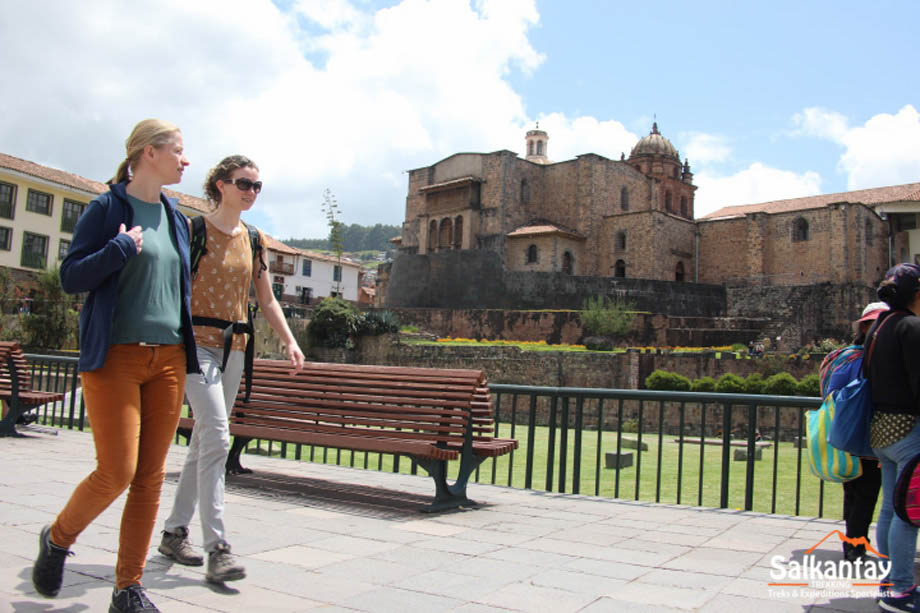
Currency Exchange and ATMs
If you’ve just arrived, you’re likely looking for a place to exchange money. The official currency of Peru is the nuevo sol. Currency exchange offices offer competitive exchange rates, with minimal differences from banks, also found along this avenue. In these exchange offices, you can exchange various international currencies.
The first and second blocks of El Sol Avenue and nearby streets like Afligidos and Ayacucho mainly host these establishments. Many banks offer currency exchange services, including Banco de la Nación (state-run), Banco de Crédito del Perú, Interbank, and BBVA Continental. For transactions at these banks, you’ll need to present your passport.
Each bank has ATMs, and Global Net ATMs are at the beginning of the avenue. These ATMs offer convenient cash-access options.
Procedures and Inquiries
El Sol Avenue hosts various government offices and tourist-related services. The Cusco Tourist Ticket (BTC) office (COSITUC), notably provides access to 16 tourist attractions in and around Cusco. You can buy partial tickets to visit specific sites; however, you must purchase your tickets in cash.
The U.S. Embassy is just a few meters from the Qoricancha, a key point for U.S. visitors. Additionally, if you wish to learn or improve your Spanish, you can find institutions offering classes with local teachers.
Also on this avenue is Serpost, Peru’s postal service. Here, you can send and receive postcards, packages, documents, letters, and money to national or international destinations and purchase postage stamps.
At the end of the avenue, next to the Cusco Handicraft Center, is the Wanchaq Train Station. Here, Peruvian citizens can purchase train tickets in person with the presentation of an ID. Trains depart from here for Puno and Arequipa, and Belmond also operates bimodal services.
Accessibility and Transportation
El Sol Avenue connects key districts of Cusco, such as Santiago to the west and Wanchaq to the southeast. It is the route between Alejandro Velasco Astete Airport and the Historic Center. The street has around five bus stops, unique names like Correcaminos, Satélite, and El Zorro. Local routes have fares starting at one sol. Taxis and various tourist services are also widely available on the street, facilitating easy access and mobility.
Avenida El Sol in Cusco’s History:
- Inca Period: Avenida El Sol corresponds to the ancient Saphi River, which played a crucial role in urban planning by dividing the city into agricultural and noble areas. On the left bank stood Amaru Cancha, a sacred space associated with the serpent, built during the reign of Huayna Cápac, the eleventh Inca.
- Colonial Era: People began populating the area in 1545, establishing mills along the Saphi River. The street was initially called “the royal street that goes down from the Plaza to the Marzuela Mill,” but it later became known as Muttuchaca after the Spanish built lime and stone bridges there.
- Republican Era: Between 1824 and 1840, Cusco maintained its colonial layout, though it deteriorated from 1841 to 1900. In the 20th century, urban development began, and following the 1950 earthquake, it saw the construction of shopping centers and public institutions, solidifying its role as a major city artery.
- Contemporary Era: Today, El Sol Avenue houses the primary administrative, financial, and commercial services, with business spaces predominating over residential areas. It combines historical significance with an essential role in Cusco’s modern life.
Conclusion
El Sol Avenue is more than just a communication route; it reflects Cusco’s historical, cultural, and economic evolution. From its origins as the Saphi River during Inca times to its transformation into a modern artery connecting the city’s most important points, this avenue embodies the perfect blend of past and present.
In its six blocks, the rich culture of museums, temples, and historic buildings intertwines with the vibrant commercial and tourist activity of its shops, markets, and handicraft centers. Moreover, its extensive service offerings and strategic location make it the perfect starting point for exploring the charms of Cusco.
El Sol Avenue physically connects the city and unites visitors with the spirit and essence of Peru’s historical capital. Whether you’re here for art, history, cuisine, or simply a stroll through its lively streets, this iconic avenue promises an unforgettable experience.
With its fusion of old and new, Cusco awaits you to discover everything El Sol Avenue offers.
Also of Interest:
- Complete Guide to the Markets of Cusco: A Unique Sensory Experience
- 8 Streets to explore in Cusco while you learn the Inca language
- Full Day tours to enjoy in Cusco
- The Best Things to Do in Cusco in 3 Days
- Cusco Travel Guide: Tips and Recommendations for your Trip
- 8 Streets to explore in Cusco while you learn the Inca language
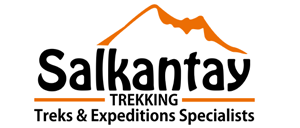

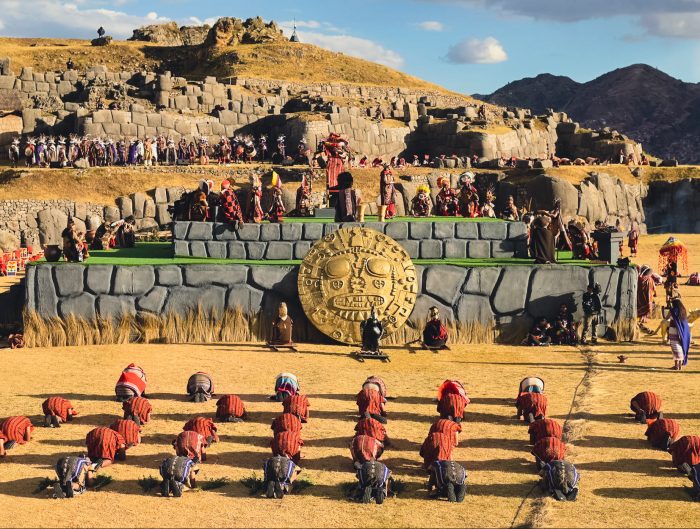
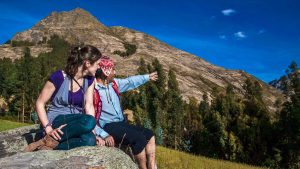
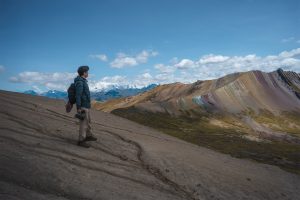
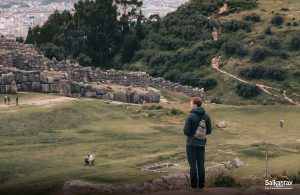
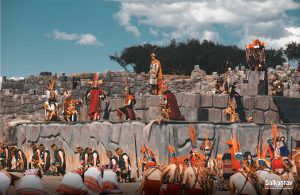
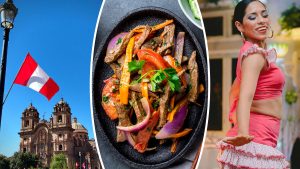
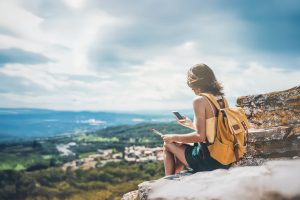
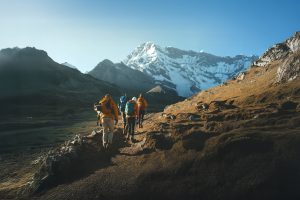



Leave A Reply